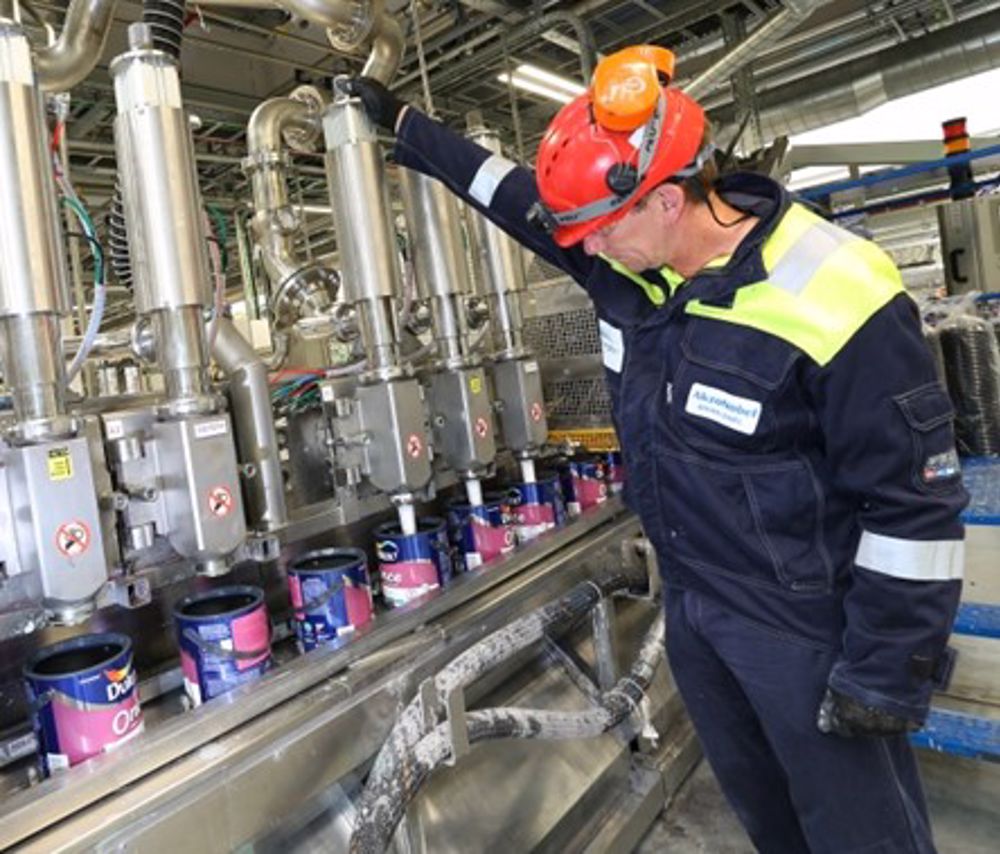Paint: an engineered surface coating
Look around you. You are surrounded by many objects which come in all shapes, sizes, and forms. A great many of them have a coloured surface coating. This brings them to life.
To make a paint product you need a pigment and a binder. The pigment is the part providing coverage and colour to the surface while the binder makes the paint stick to the surface. The pigment and binder need a medium to mix in, which was traditionally a solvent. But did you know a lot of paint products now use water instead? This industry has been highly committed to sustainability over the past decades, this being one of the areas of focus for the big paint manufacturers.
Paint is known for providing colour to environments, but it also comes with a superpower. Colour has the power of transforming people’s lives. There is a known relationship between the colours and design principles we choose in our homes, and our well-being. Certain colour palettes can provide an improved environment in schools for children to learn, and boost patient recovery at hospitals or improve the quality of life for patients with dementia, whether at home or in residential care.
But this doesn’t stop at homes and buildings. Paint also provides protection for many materials in a wide range of industries. Paint keeps transport moving and the wheels of industry turning. Specialised paint provides chemical and corrosion resistance in the energy sector, and fire protection in some oil and gas facilities. They are more than decoration but actual performance coatings. You will also find it in food packaging and furniture, protecting the items you use in your daily life.

Paint can do even more… and some innovative products are set to make the difference. For example, a paint that can resist abrasion, so that it lasts longer on the surface and the life of the product is extended. Or a paint that can kill germs, preventing growth and reducing spread of diseases. Or a paint that can clean the indoor air to provide more pleasant environments at home. Quite often, it is a small proportion of the paint product that provides this out-of-this-world property.
In 1931 the UK company ICI marketed a totally new kind of paint called Dulux for Durable Luxury. This had a synthetic binder (alkyd resin) which reacts with oxygen in the air to turn into solid. Since then many other binders, pigments and other components (e.g. to make it non-drip) have been developed for better performance in different uses under this and other brand names.
Chemical engineers continue to produce revolutionary products like these. They may work designing paint products to desired specifications, or bringing these products to life in big factories - churning out thousands of litres of them - or designing the factories where these products are manufactured or optimising processes within a factory. Reducing the impact on the environment in production and use. And the list goes on… Chemical engineers continue to push the boundaries of what paint can be and what it can do. What you want and what you didn’t even realise you needed.
Just one example of a paint component is titanium oxide, the brilliant white pigment. To learn how this is made, see Titania